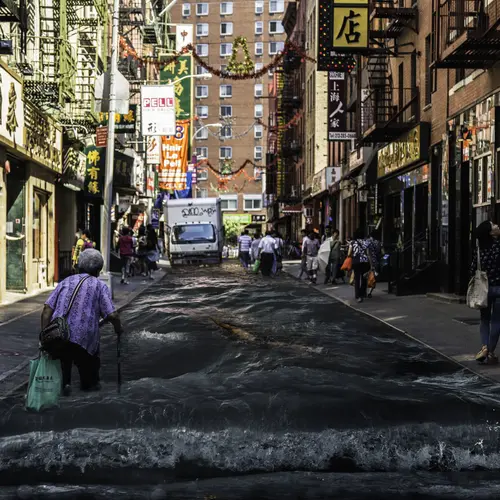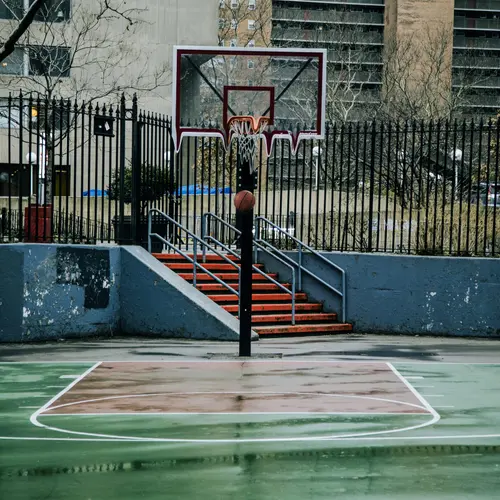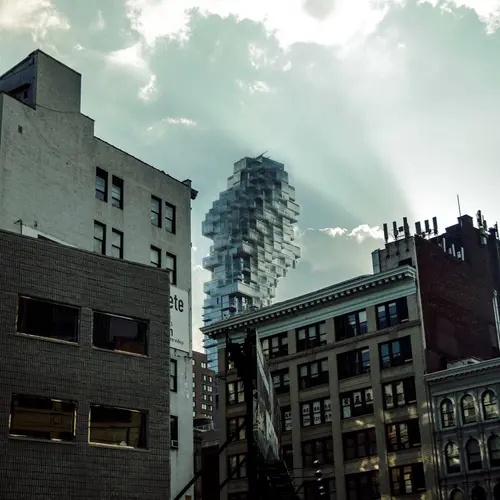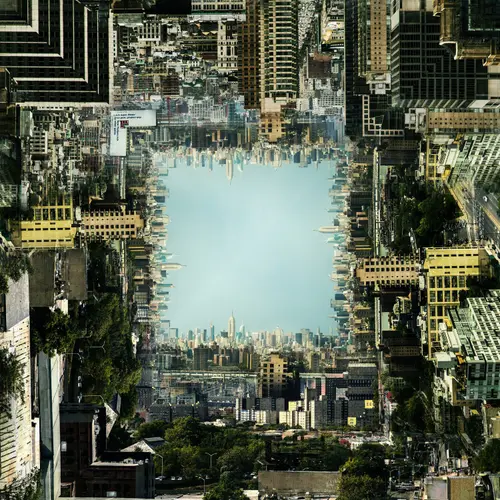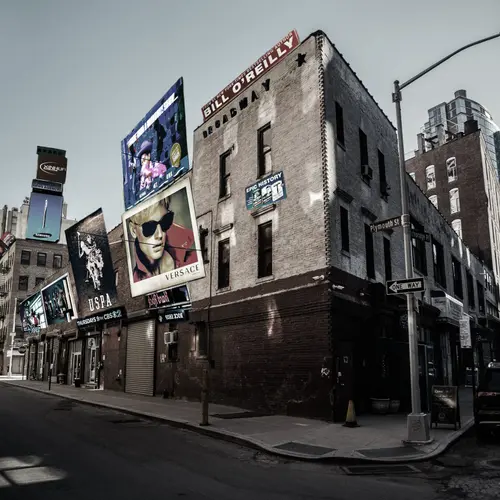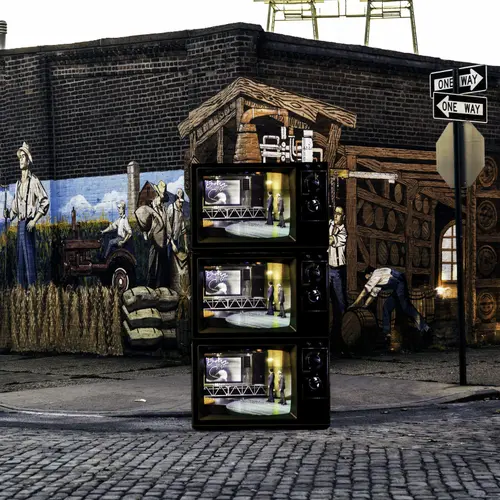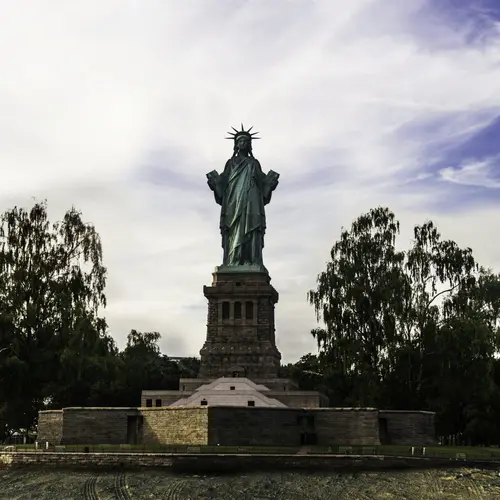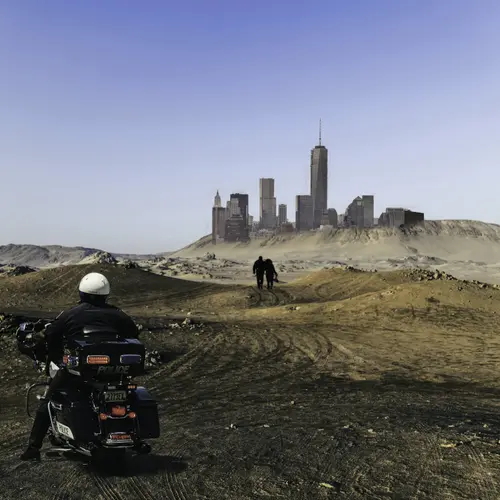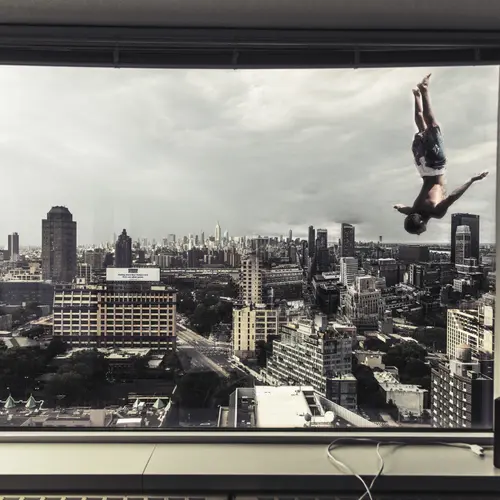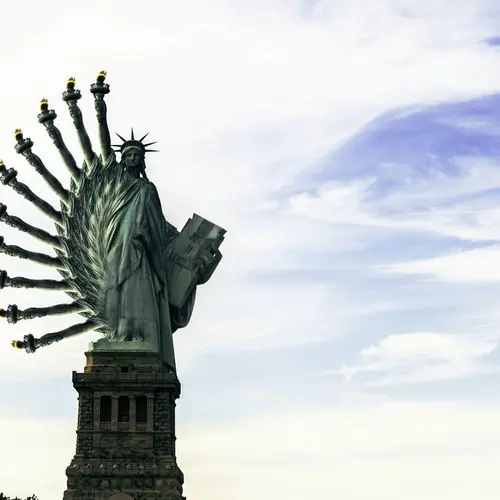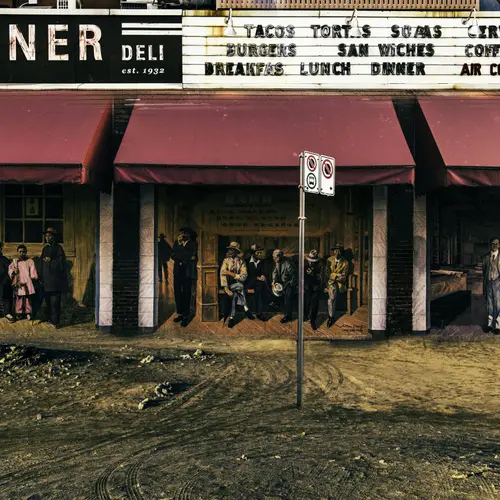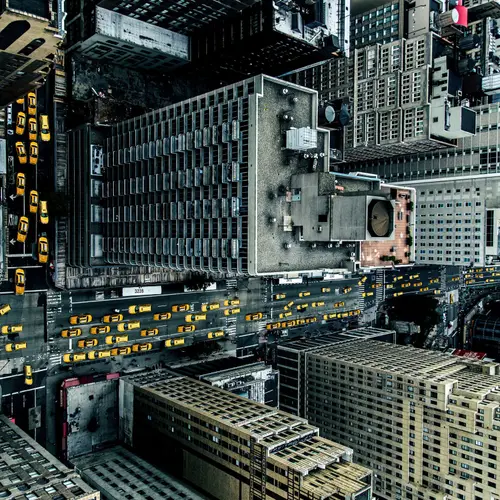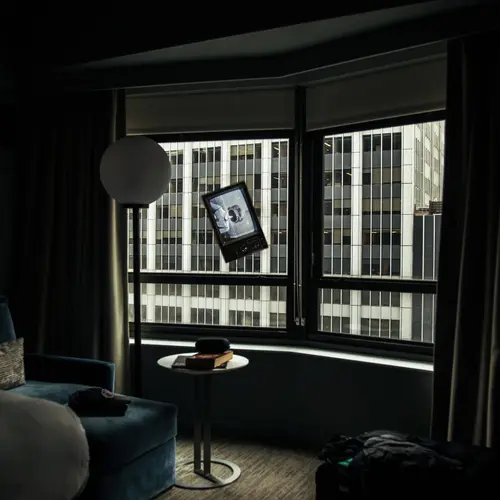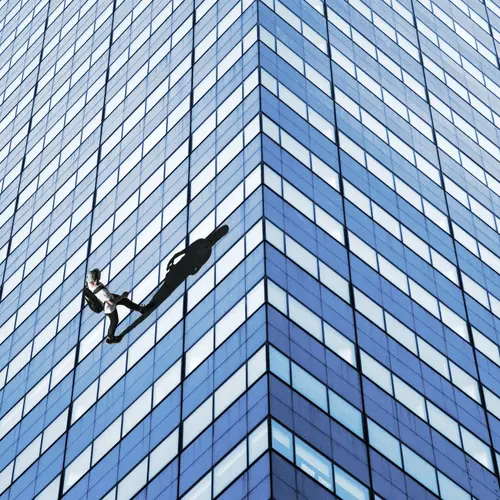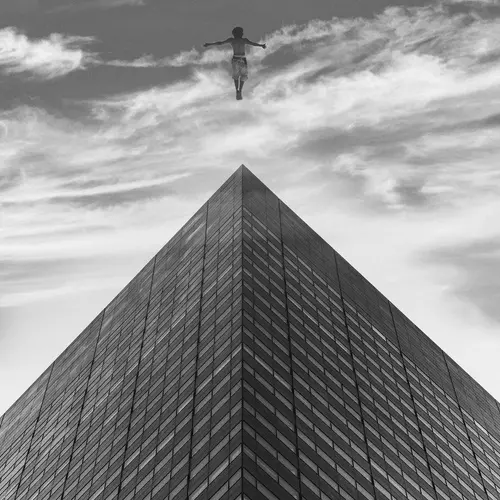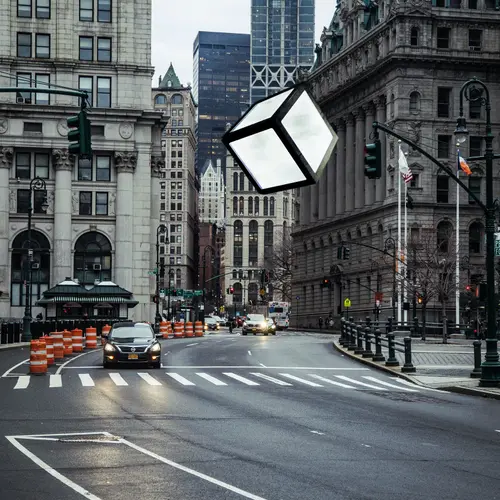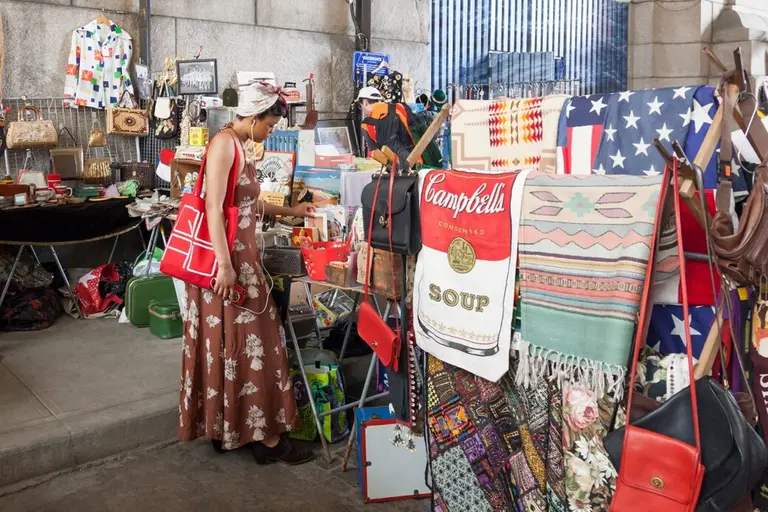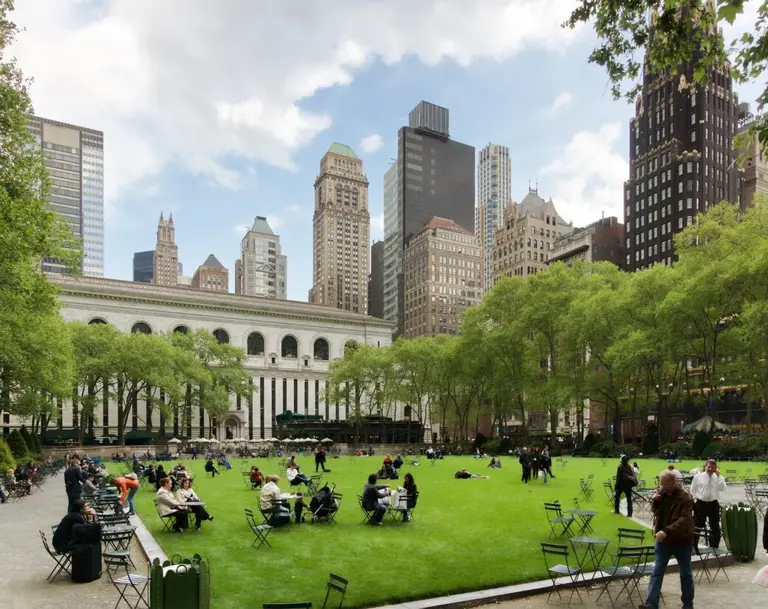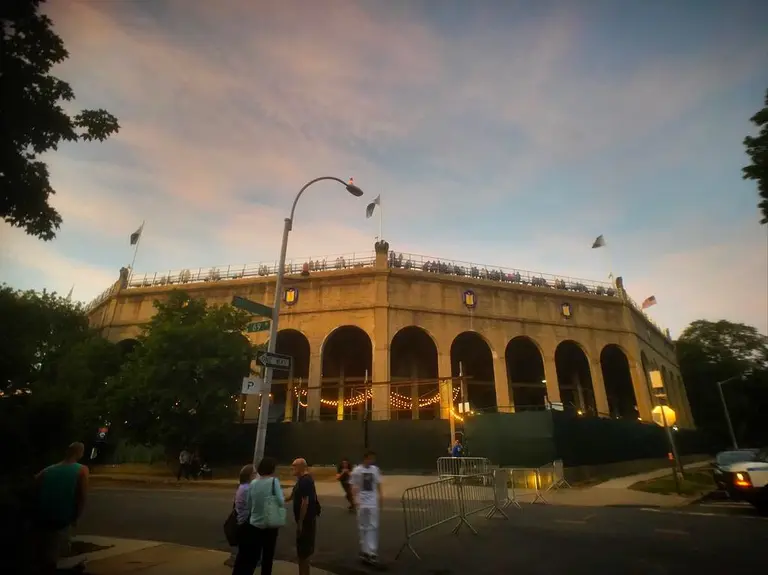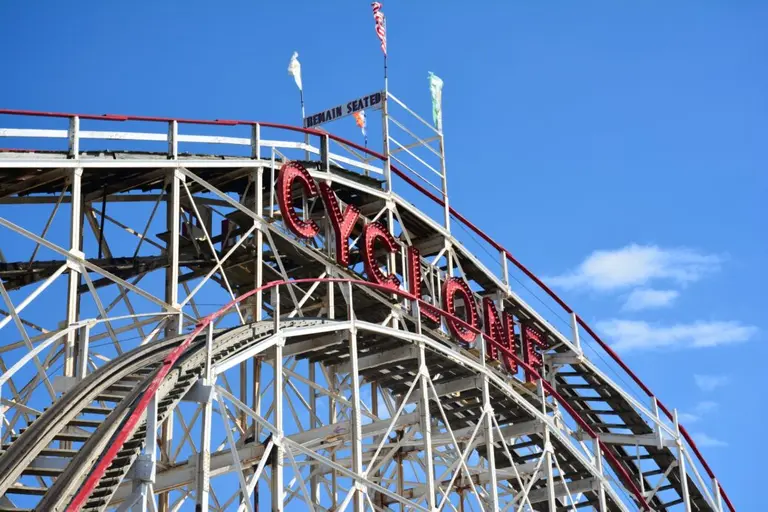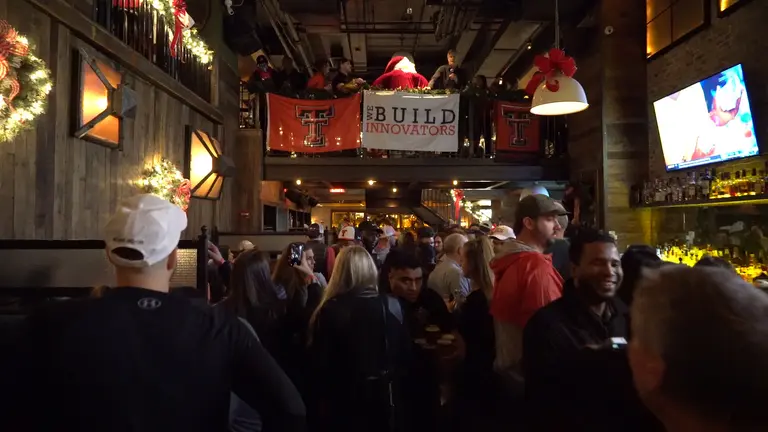The Urban Lens: ‘Impossible Landscapes’ bend the reality of life in NYC
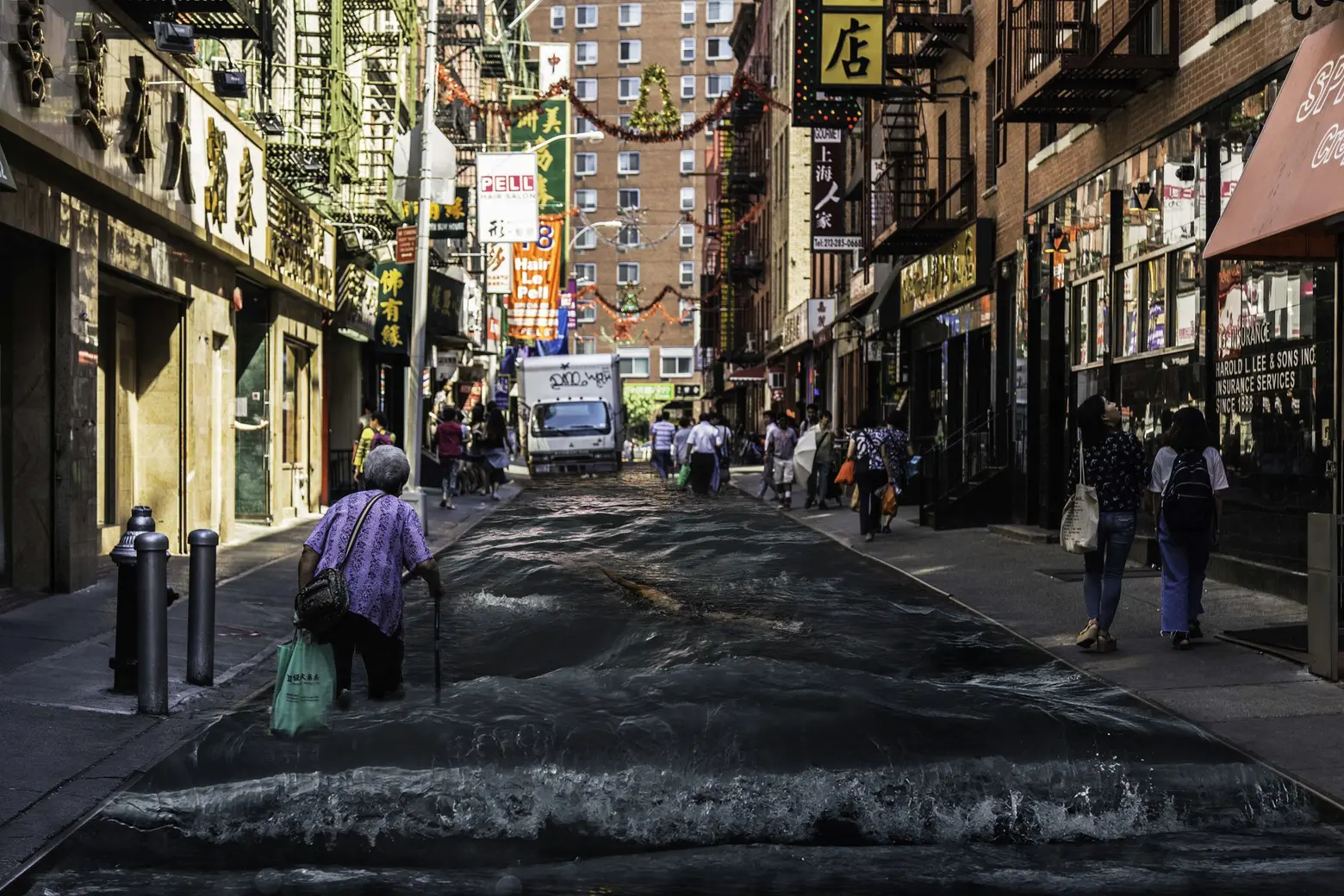
6sqft’s series The Urban Lens invites photographers to share work exploring a theme or a place within New York City. In this installment, Juan Jose Egusquiza shares his “Impossible Landscapes” series. Are you a photographer who’d like to see your work featured on The Urban Lens? Get in touch with us at tips@6sqft.com.
Juan Jose Egusquiza describes himself as a “visual storyteller, image maker, and reality bender.” In his latest photo manipulation series titled “Impossible Landscapes,” he bends the reality of New York, a city that lent itself perfectly to the project since it’s constantly changing and being reimaged. From plopping Downtown’s skyscraper in the middle of the desert to adding a rushing river through Chinatown to inverting the entire skyline, Juan has created a view of NYC that inspires endless curiosity and stories. Ahead, see all of the images and learn a bit more from Juan about his process and inspiration.
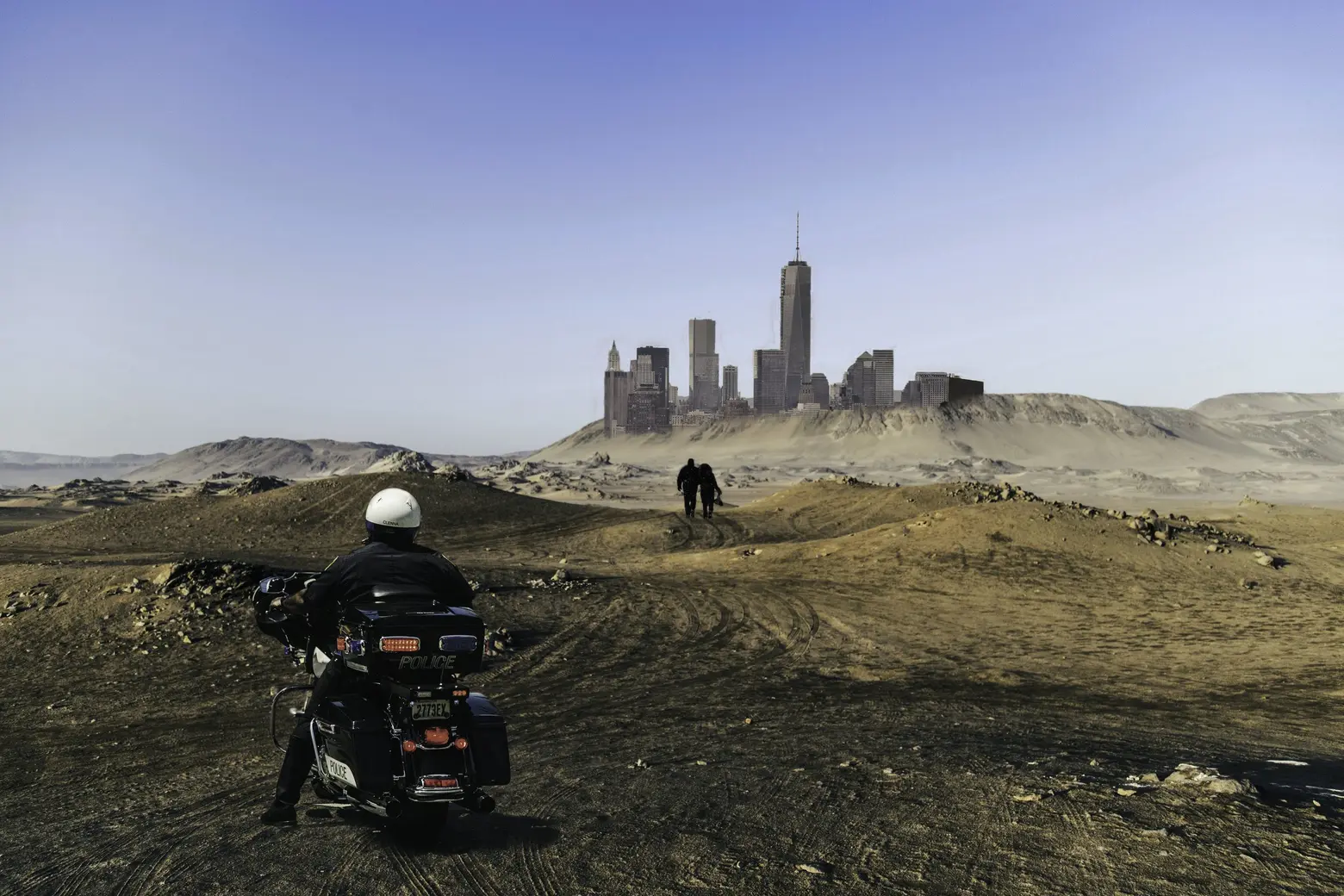
How did you get into photography?
I would say I’ve liked it since I was a kid, however, I started to photograph more when I decided to start traveling alone. For me, there is no better way to see a city than walking through it (if the city allows it); and during my walks, I had my camera with me. That’s when I started to pay attention to those small details and moments in our daily life that captured through a lens can become a powerful image.
What brought you from Peru to NYC?
I’ve been working on creating images most of my professional life but using more traditional mediums. Some years ago, I decided that I wanted to experiment and create new ways of creating, editing and transmitting those images.
That’s when I decided to move to New York to attend NYU’s ITP (Interactive Telecommunications Program) Master’s degree pursuing that idea. Currently, I’m doing a year-long post-doc research residency at the same program, focusing on what I like to call a visual research.
You’re known for mixing technologies to create your imagery. Tell us more about your fascination with mixing technologies.
For me, it’s amazing all the tools and techniques we have at our disposal right now. I’m fascinated with the fact that I can take a picture and then use three or four tools to edit it, then import that processed image into another software and combine it with other images; but I can also apply some code to them and the final result is just something surreal and, a lot of times, unexpected.
I noticed two different patterns when I want to create something, the first one is that I visualize an image and then I start experimenting, trying to get closer to what I have in my head. Many times it goes to a completely different path but that’s also the fun of it–there are no rules for this! The second pattern is when I discover or learn a new technique or a new technology. In this case, I don’t have a specific idea but it’s the experimentation that leads me to the final output. The way I see it, the possibilities are endless.
What was the inspiration behind Impossible Landscapes?
I’ve been recollecting images from every place I have traveled, gathering a big collection of random images (from landscapes, buildings, people, objects…). But every time I was in one of those places, as a visual person, I couldn’t help re-imagine those scenarios, adding elements that I’ve seen before. Kind of like saying, “this building looks nice… I wonder how it would look like in the middle of the desert?”
This is a city that is always been re-imagined. There is always something new or different happening, and in that sense, it’s a city about stories and things that happened and will happen. It’s about people living those stories and bringing their visions and culture and changing the city’s face and soul. And because of that, each street, each alley, each room has a story. What I’m doing is imagining stories and recreating them.
Any other projects you’re working on?
Right now I’m working on another series but this time my idea is sort of like giving “life” to an image. And to do so, I’m manipulating the images through code. In that sense, I’m accessing each pixel of the image and adding some alterations and interaction so that the user can “play” and modify the pixels of that image according to what they want. Here is a link to a preview of what I’m working on:
https://vimeo.com/255311902
https://vimeo.com/255320623
Instagram: @juanjoegusquiza
Website: jegusquizaf.com
▽ ▽ ▽
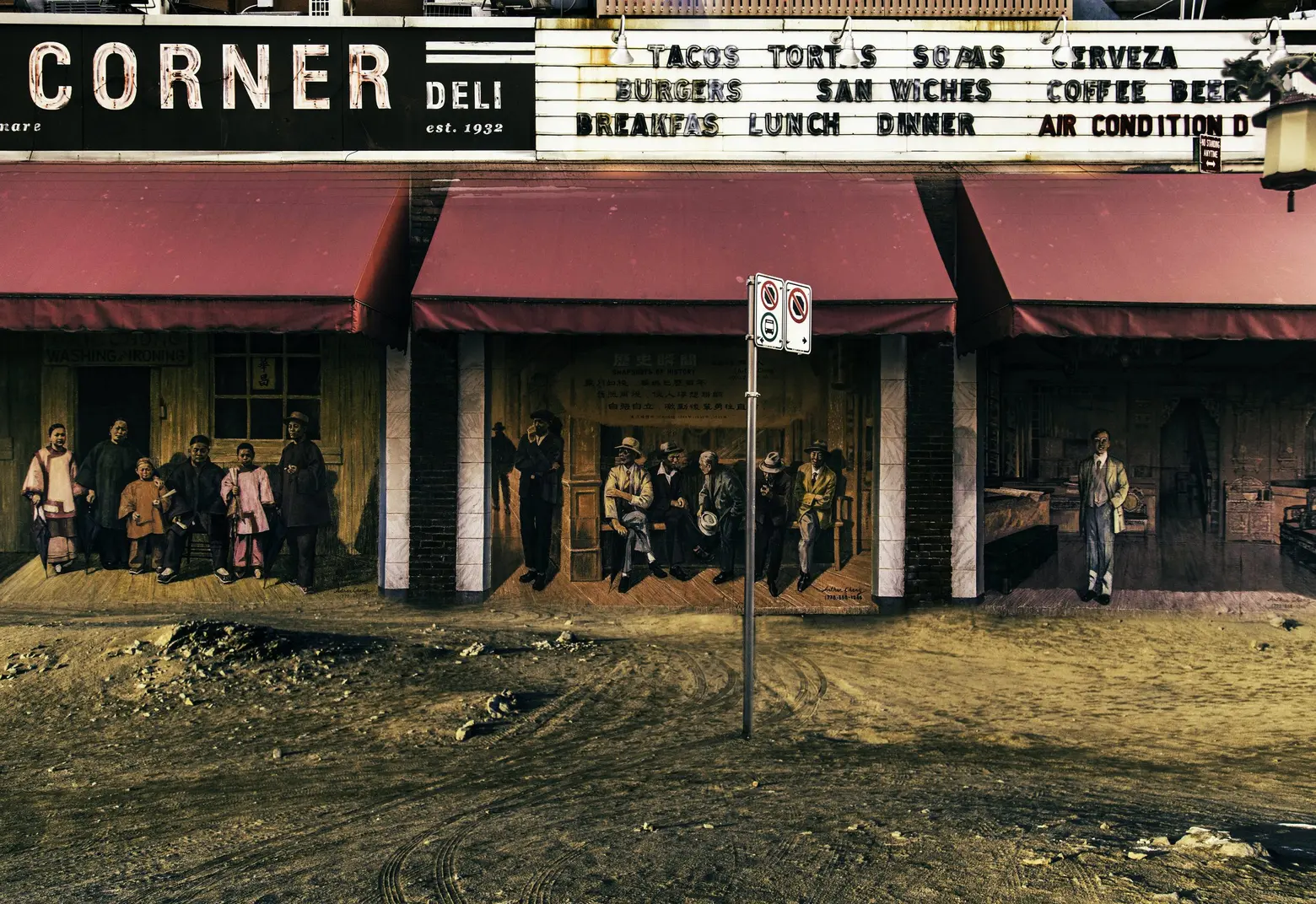
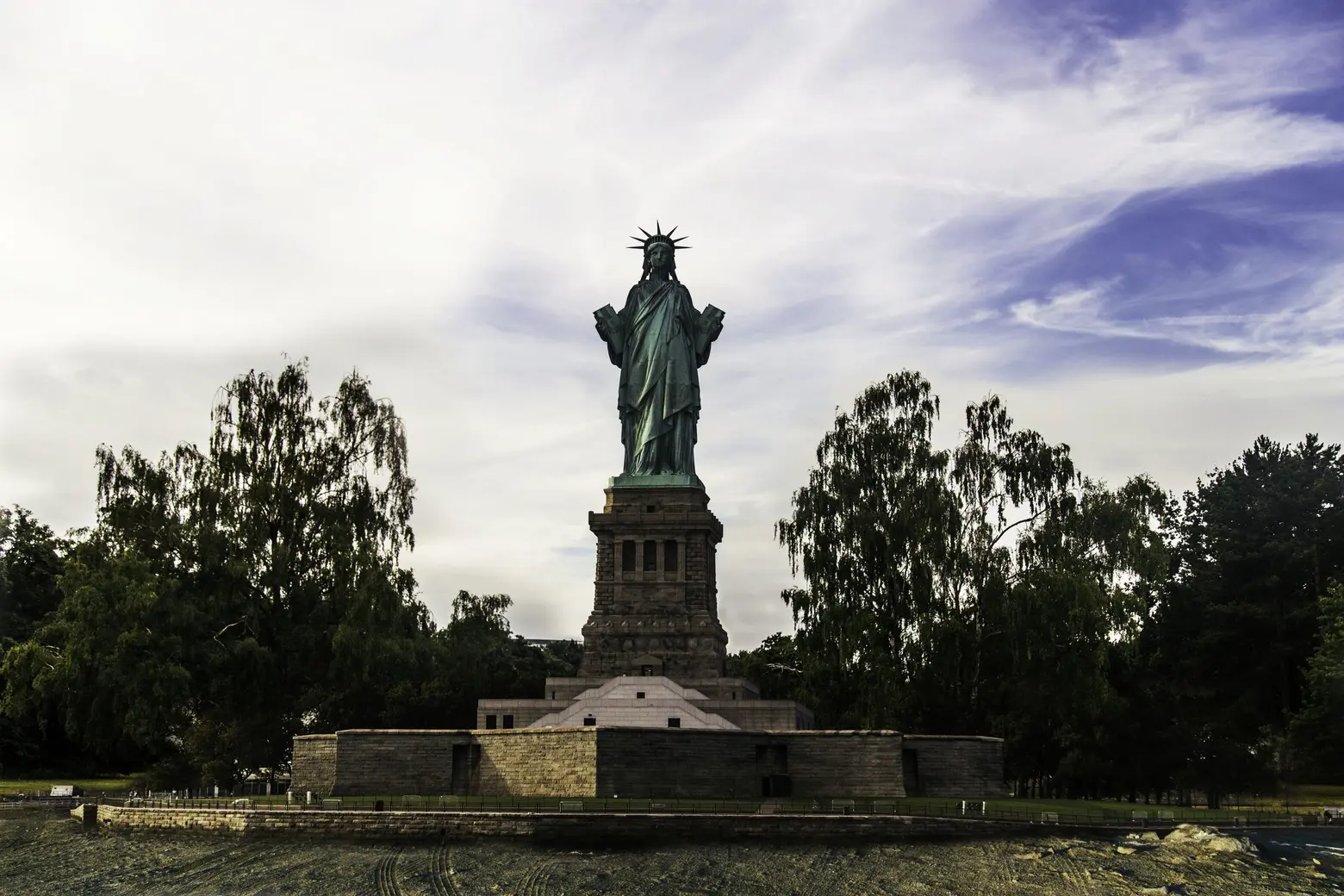
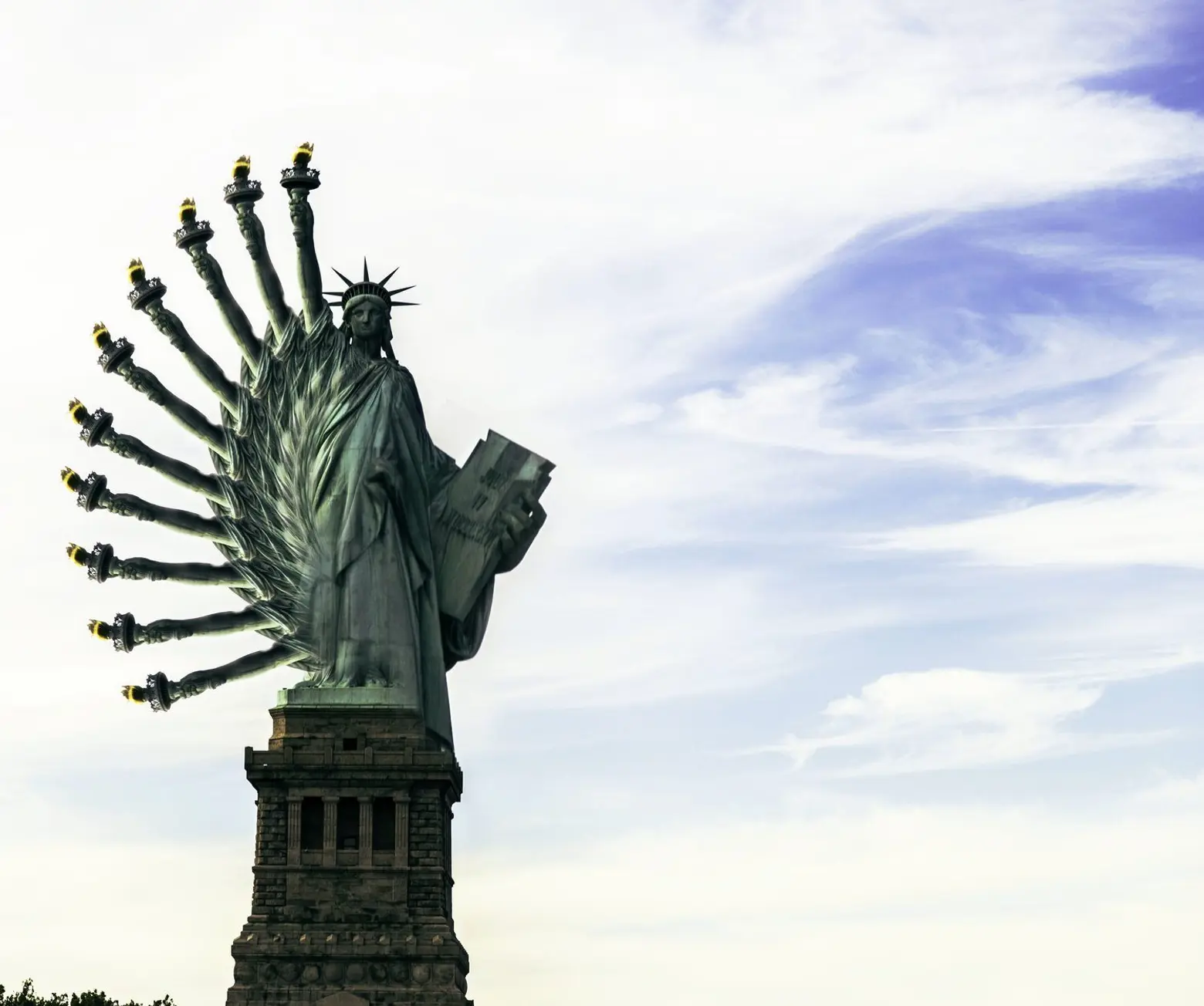
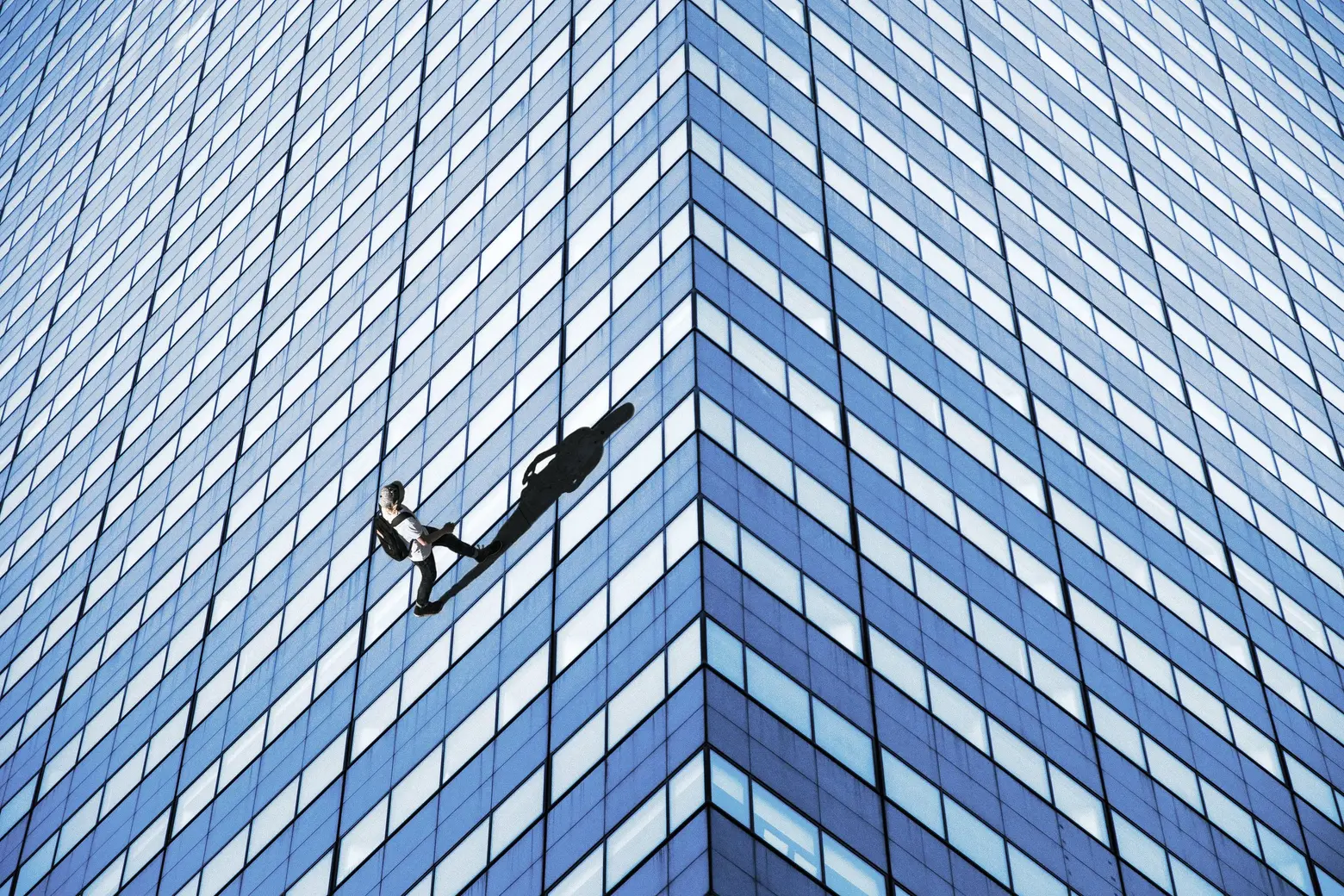
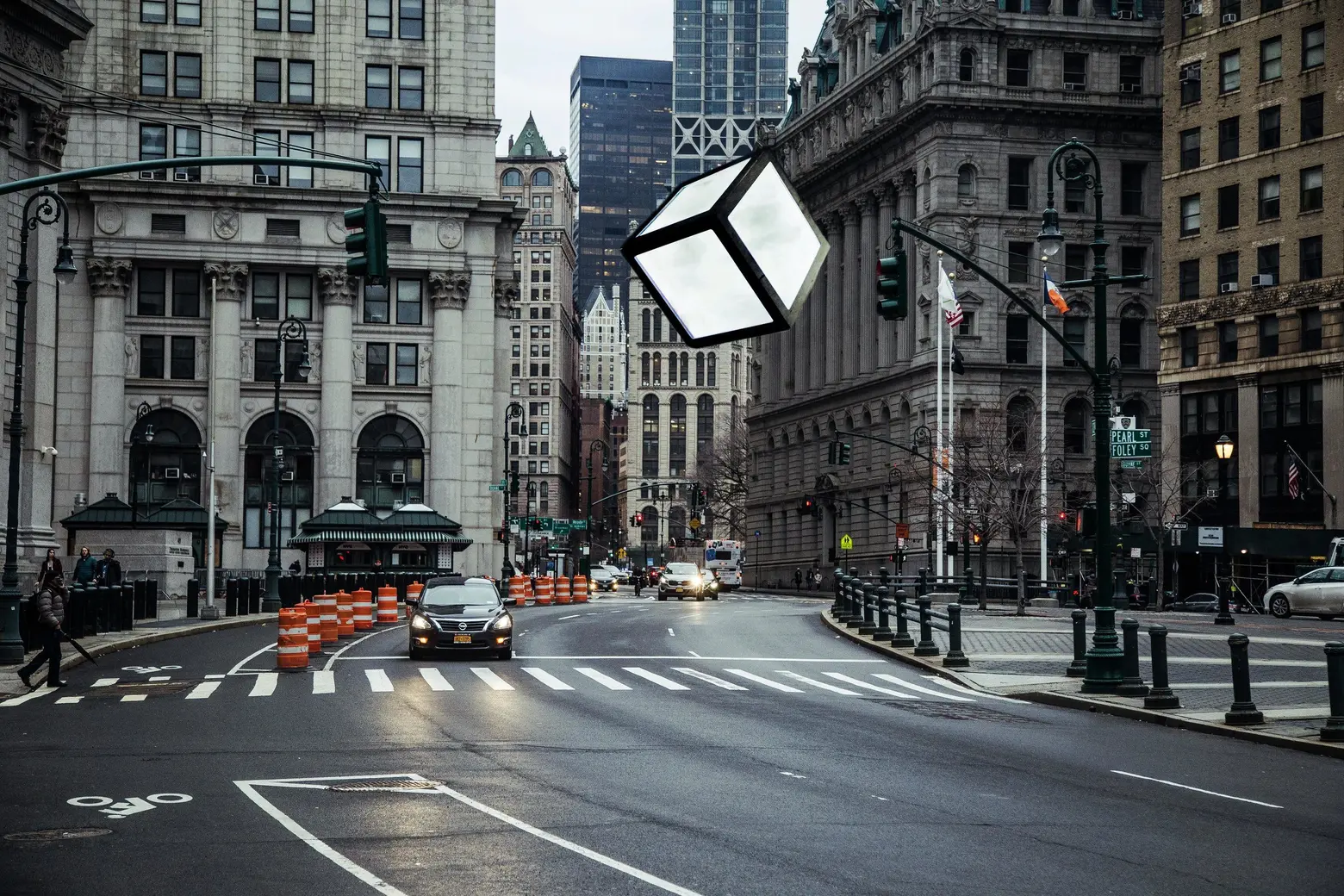
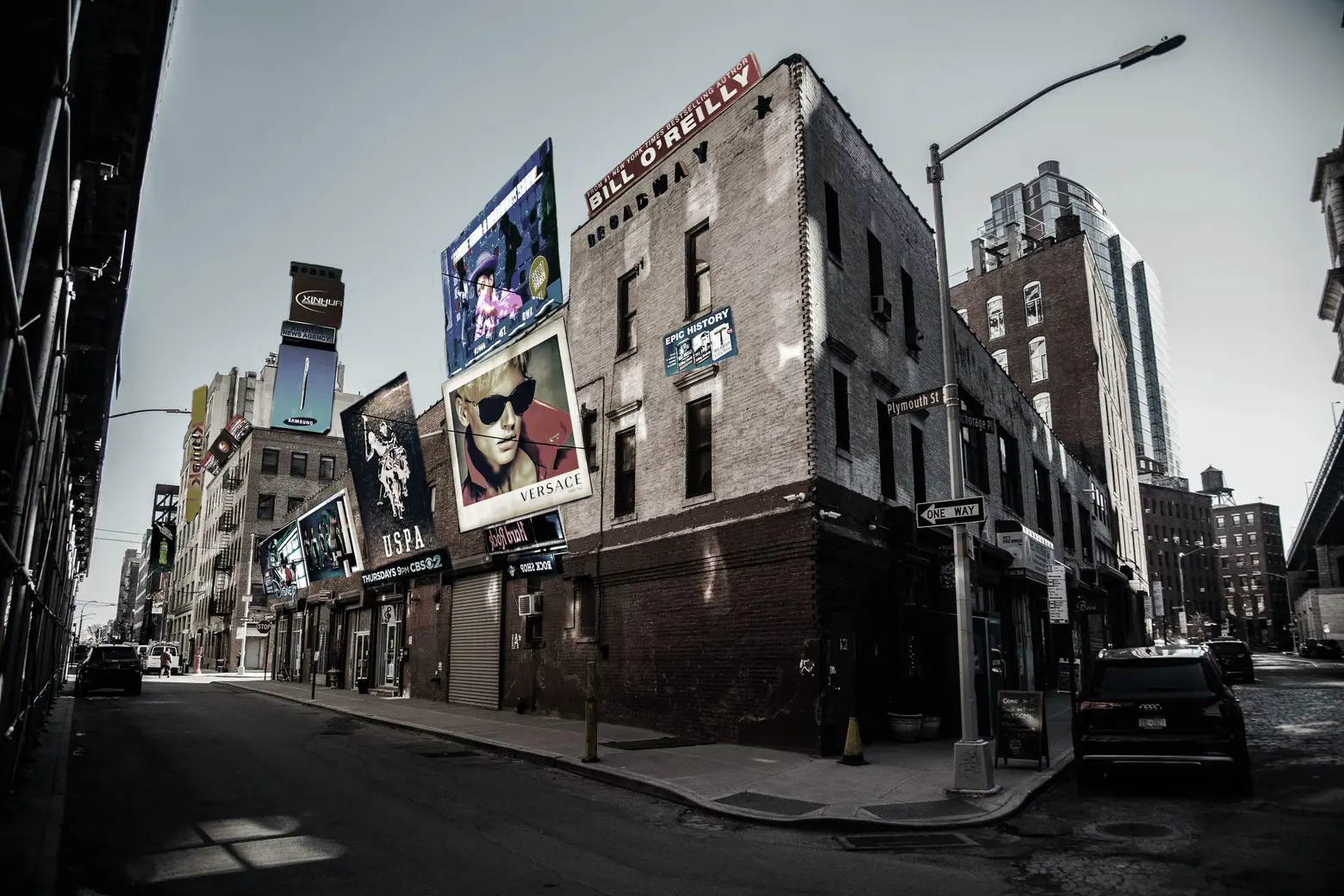
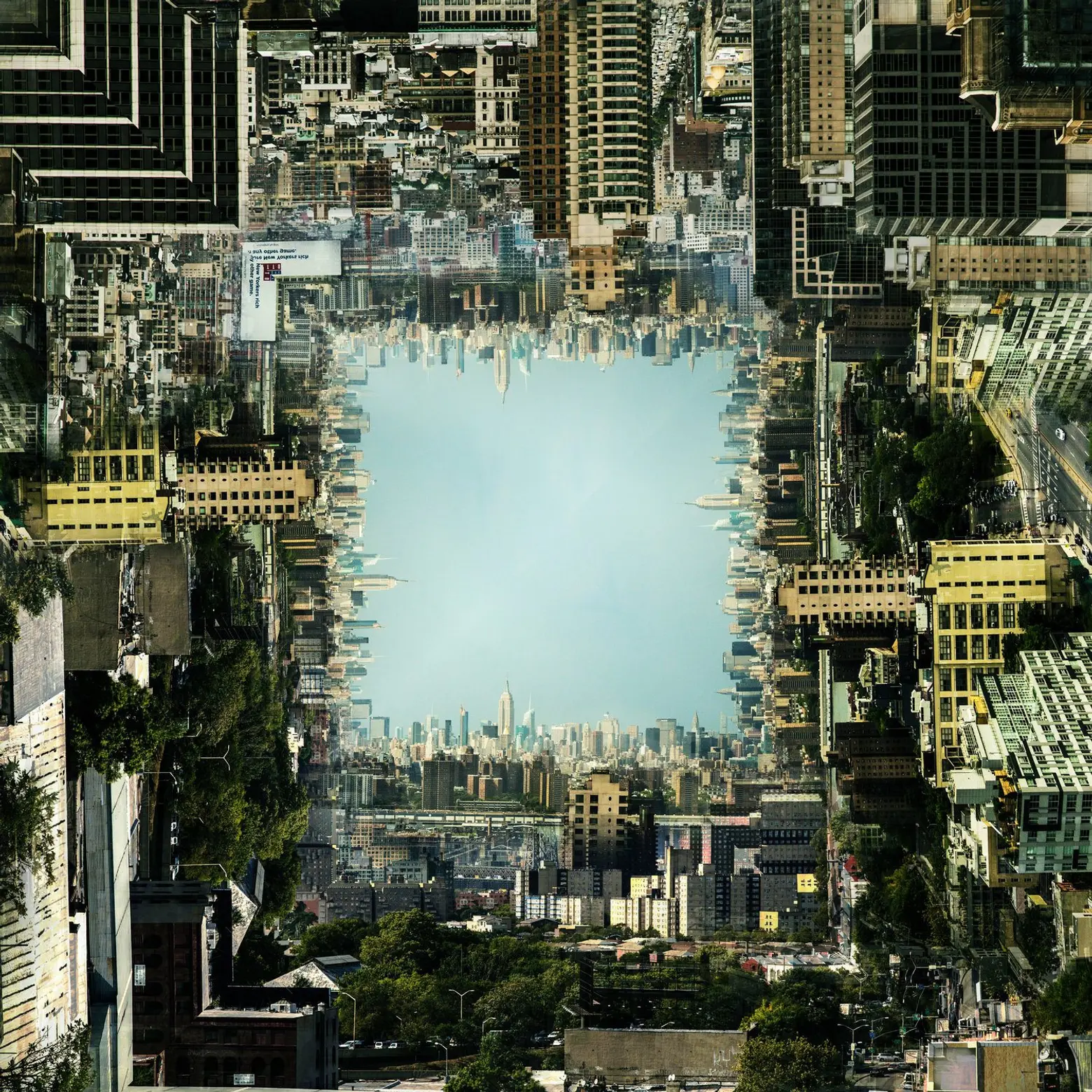
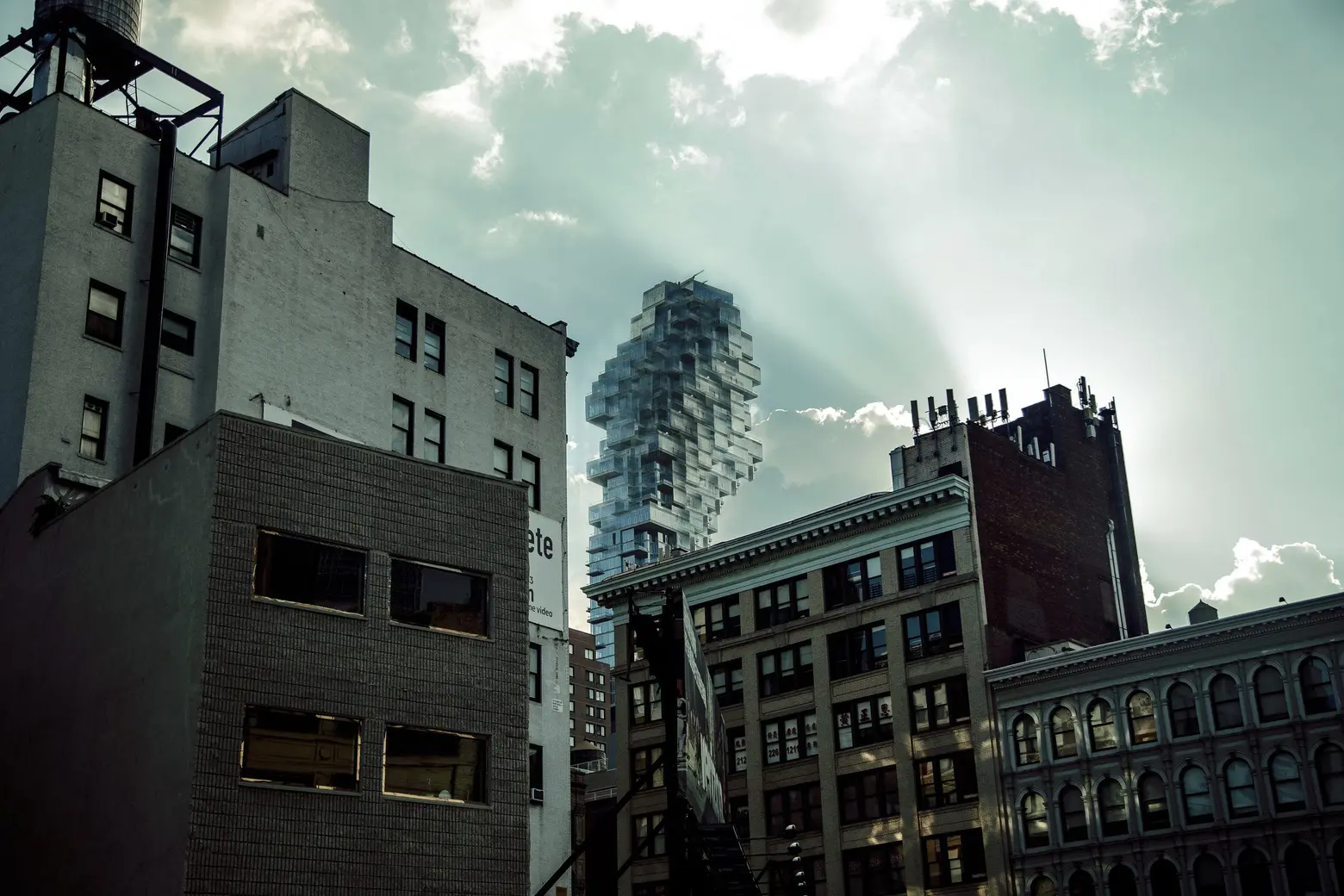
All images © Juan Jose Egusquiza
